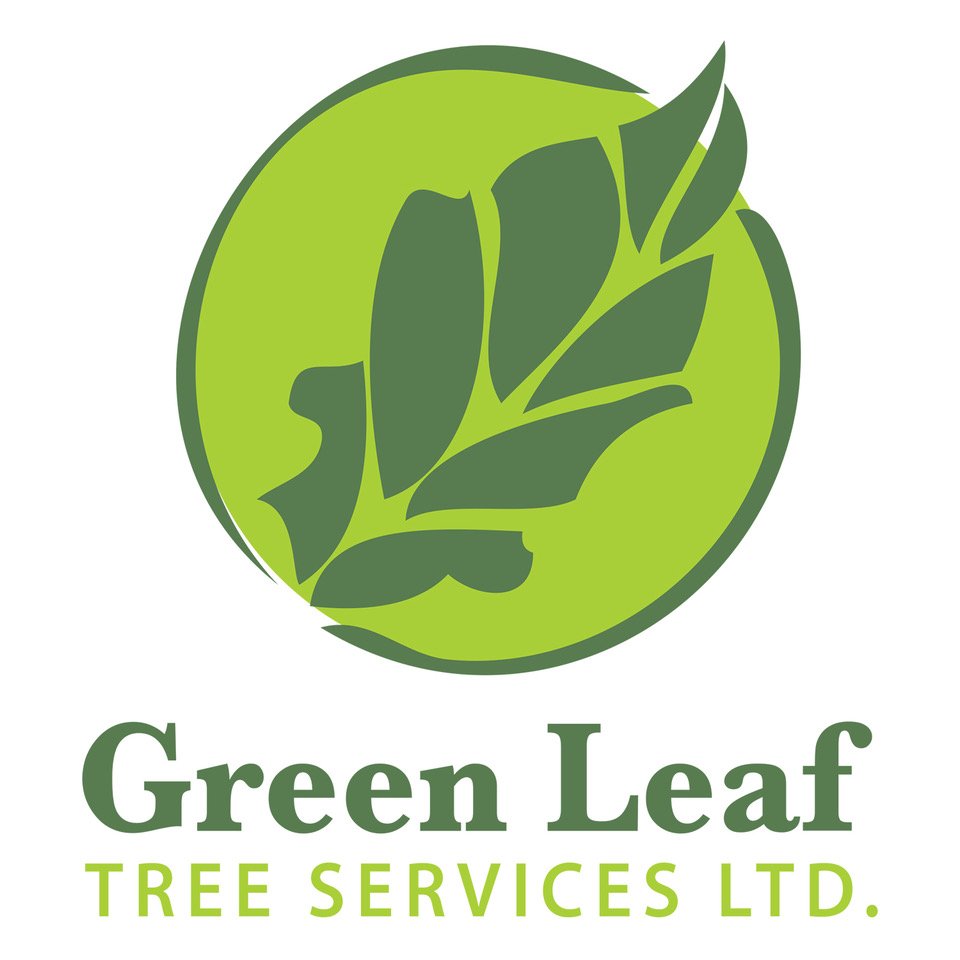The Perils of Poor Pruning: How Topping Damages Trees Beyond Repair
/In the world of tree care, pruning is often necessary to maintain health, shape, and safety. However, when done incorrectly, pruning practices like topping can wreak havoc on trees, leading to irreversible damage and even premature death. Let's delve into why topping is a perilous practice and why it's crucial to opt for proper pruning methods. When choosing a tree service provider to prune trees on your property it is important to request proof of qualifications and view work completed at previous clients’ properties. Reputable ISA Certified Arborists do not recommend topping trees. Period.
The Dangers of Topping: Topping involves indiscriminately cutting off large portions of a tree's canopy, often leaving stubs behind. This not only disrupts the tree's natural growth pattern but also exposes it to a host of problems that are often irreversible:
Weak and Quick Growth: Topping stimulates the growth of weak, fast-growing shoots that are prone to breakage, making the tree more susceptible to storm damage. Often the purpose behind topping is to reduce the size of the tree and ultimately topping invigorates faster and weaker growth.
Disease Vulnerability: The large wounds left by topping provide entry points for pathogens and pests, increasing the tree's risk of infections and infestations.
Structural Instability: Topped trees develop structurally weak limbs, leading to an increased risk of branch failure and even tree collapse.
Decline and Death: Over time, topped trees often enter a state of decline, with reduced vigor, sparse foliage, and increased susceptibility to environmental stressors. In severe cases, they may succumb to irreversible damage and die prematurely.
$$$ Costs! Over the lifetime of a properly selected tree planted in a suitable location to match the overall size will require up to 80% less maintenance than a topped tree. Once a tree is topped you will need to maintain it regularly to reduce the risk of failure and to continue to contain its size. This is often not communicated by those who recommend topping!
The Importance of Proper Pruning: Proper pruning, on the other hand, aims to enhance tree health and structure while minimizing negative impacts. Certified arborists employ techniques such as selective branch removal, crown thinning, and crown reductions to achieve the following benefits:
Encouraging Strong Growth: Strategic pruning promotes the development of strong, well-anchored branches, enhancing the tree's ability to withstand wind and other environmental forces.
Disease Prevention: Pruning removes dead, diseased, or crossing branches, reducing the risk of disease spread and improving air circulation within the canopy.
Structural Integrity: By selectively removing branches, proper pruning maintains a balanced crown structure, reducing the likelihood of limb failure and preserving the tree's long-term stability.
Aesthetic Appeal: Thoughtful pruning enhances the tree's natural form and beauty, enhancing its visual appeal while maintaining its health and functionality.
Topping may seem like a quick fix for overgrown trees, but its consequences are far-reaching and often irreversible. To ensure the health and longevity of your trees, it's essential to avoid poor pruning practices like topping and instead entrust their care to trained and certified arborists. By opting for proper pruning techniques, you not only safeguard your trees but also contribute to the beauty and sustainability of our natural environment.








